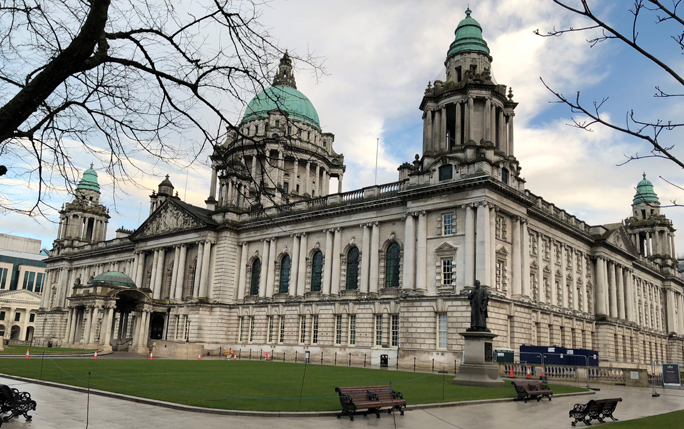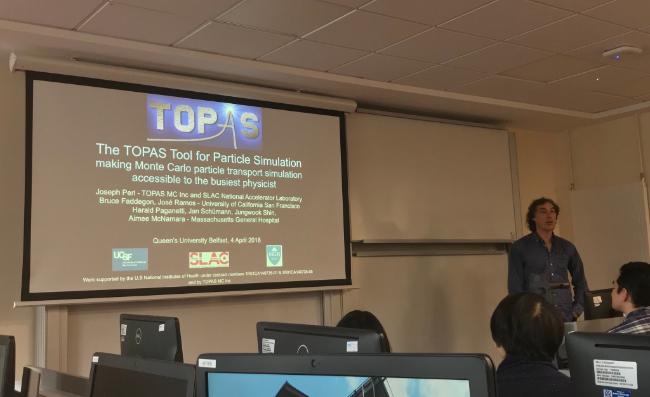CREAM-1 Hackathon in Belfast

LIVDAT fellow Selina Dhinsey and OMA fellow Jacinta Yap attended the Computing Radiation Effects to Advance Medicine (CREAM) workshop at Queen’s University, Belfast from the April 3rd– 6th . Supported by the UK Global Challenge Network+ in Advanced Radiotherapy, it was a week of exciting discussion and budding collaborations starting with an introductory workshop to TOPAS (Tool For Particle Simulation). TOPAS is an innovative software built on top of Geant4, allowing users similar capabilities but in a computing environment which is more user-friendly and easy to learn; an advantageous feature particularly for a clinical setting. Step by step exercises demonstrated the capabilities of the tool, allowing users to simulate particle beams in various setups and interactions with a range of materials.

Invited talks were also given by Joseph Perl and Jan Schuemann who have worked on the Geant4 collaboration and development of TOPAS and TOPAS-nbio respectively. Prof. Schuemann introduced TOPAS-nBio, an extension of TOPAS which works down at the micro- and nanometre scales, allowing beam-cell interactions to be modelled. The latter 2 days focused on a ‘hackathon’ in which small projects and discussions of mutual research interests were setup. It also facilitated future collaborations, bringing together institutions with complimentary research and allowing experience to be shared between those in the fields of radiobiology and medical physics.
Jacinta’s project focuses on simulation studies of beam behaviour to correlate the beam halo to the core for integration of the VELO online beam monitor. These studies will provide a good understanding of the physics and the beam, linking to Selina’s LIVDAT project exploring the radiobiological aspects of proton therapy. The week was an insightful experience for both University of Liverpool PhDs, providing the opportunity to network and also learn more about this Monte Carlo tool relevant to their research in simulating a proton therapy beam and cell interactions.